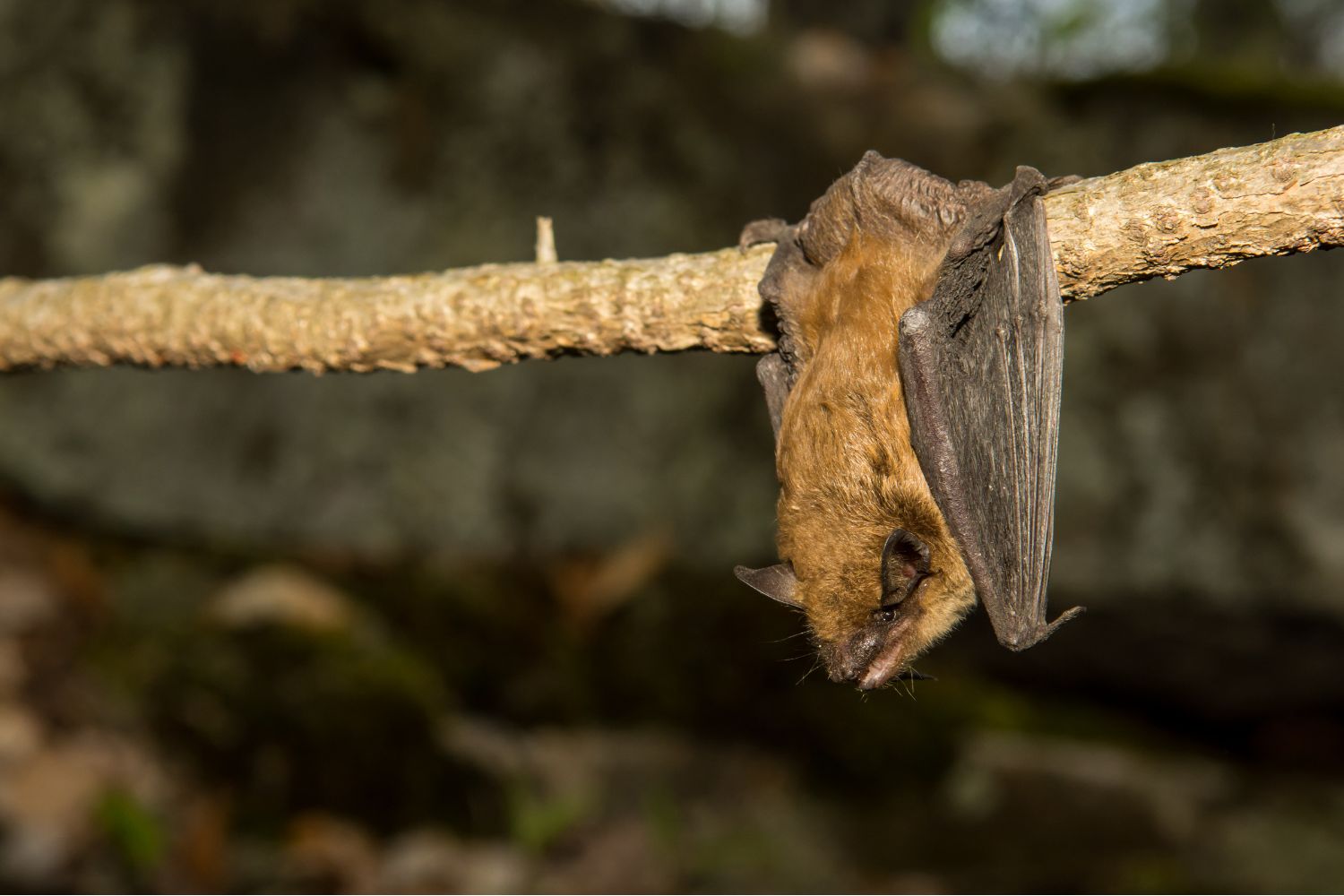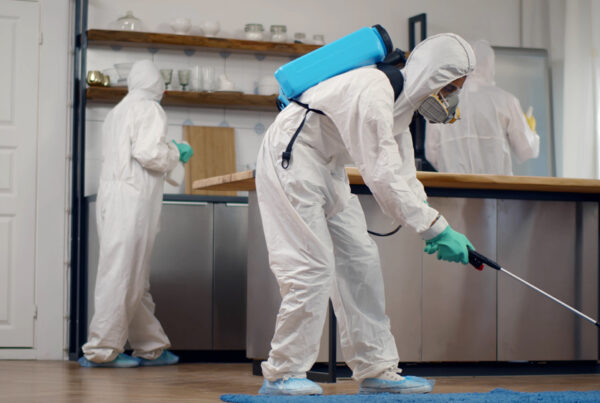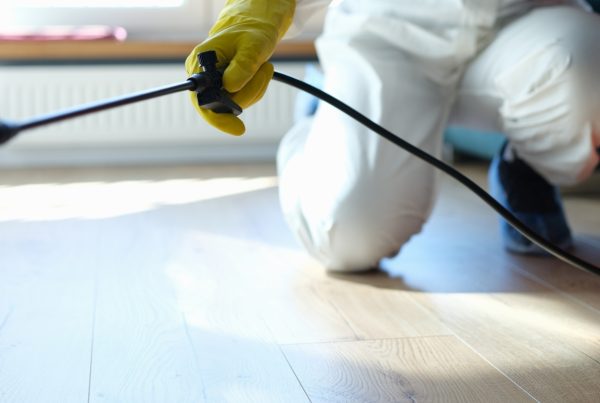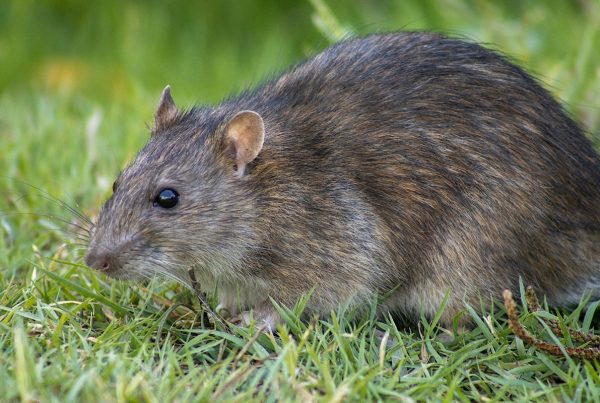The return of spring in Boston brings a lot of things: Red Sox spring training, opening day, and insects… which means we will start to see the return of the bats. And not just the kind that knock one out of the park.
Though bat species are significant to our ecosystem (some bats can eat a thousand insects an hour!), they are simply not safe when they seek shelter in our homes, and even new homes have vulnerable areas where bats can gain entry. Areas of access can include gable vents, dormer returns, eaves, ridge vents, chimney flashing, and more.
Signs of Bats in a Dwelling
- Guano (bat droppings) present in the attic, stuck to the side of the house, or accumulating on the ground in areas around the perimeter of the home. Guano is typically larger than mouse droppings and is visibly shiny due to a bat’s insect-based diet.
- Scratching or fluttering noises in the attic or the walls (mostly at night).
- Bats hanging on the exterior of the home.
IMPORTANT:
Bats and bat droppings should be handled by a professional. Bat droppings should NEVER be swept or handled with bare hands.
Our Treatment Plan
We would seal the majority (90%) of the upper portion of the home with our Armor Shield system and hang bat cones (one-way doors for bats) on the remaining 10% of openings. These cones allow the bats to exit the house and not return; after they are out, we remove the cones and finish the seal.
Timing is Essential
With bats being a protected species, there are strict restrictions on how and when we can evict bats from the dwelling. Despite us being able to do 90% of the seal-up work anytime during the year, May, August, and September are the only times we can evict the bats themselves.
If you have any of these signs or any concerns at all, you can reach out to us for a no-cost inspection to accurately diagnose your situation and provide a customized bat control solution for your home.






